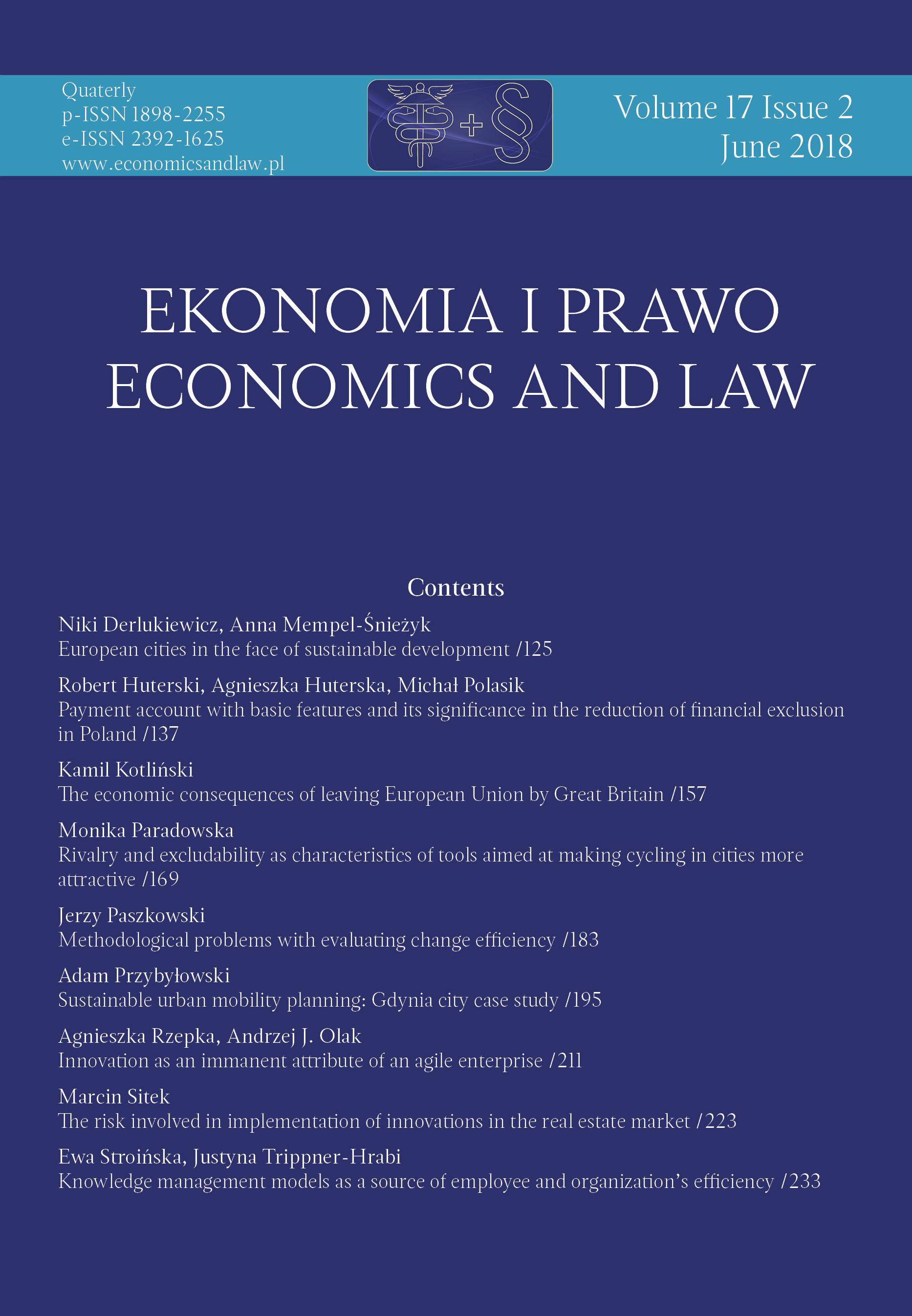Knowledge management models as a source of employee and organization’s efficiency
Knowledge management models as a source of employee and organization’s efficiency
Author(s): Ewa Stroińska, Justyna Trippner-HrabiSubject(s): Human Resources in Economy
Published by: Wydawnictwo Naukowe Uniwersytetu Mikołaja Kopernika
Keywords: management; organization; effectiveness, knowledge management models
Summary/Abstract: Motivation: Knowledge management in an organization is a new and less explored area in business literature and business practice. The scope of changes to enterprises influenced by competitive environment forces them to continuous seeking new ways of achieving the success. So-called intangible development factors start to be extremely meaningful — especially knowledge, consciously gained, created and disseminated through diversified methods aimed at shaping employees’ appropriate behaviours and developing information technology, which succours this process. Applying this approach requires the proper prepa-ration of the organizational background and the system operation allowing the selection of a specific model. There are a lot of knowledge management models for organisation’s deci-sion-makers to be able to manage the resources properly and skilfully. Aim: The aim of the article is to present the significance of knowledge management models’ use in modern organizations. The authors constructed 2 main research questions for which they sought answers within the collection of empirical material: What are the main knowledge man-agement models used in a company? And How can models influence the effectiveness of an organization? The following research hypothesis has been constructed: In practice man-agement has not yet developed appropriate models for evaluating and diagnosing the impact of models on the effectiveness of business decisions. The empirical material was collected by means of a qualitative method and the technique used was a secondary analysis of the existing data in the form of thematic sources. Results: The results of the review of the literature of the subject are presented as a synthetic description. Literary research was conducted at the turn of 2016 and 2017. Added value is a review of existing models that can be used in management practice.
Journal: Ekonomia i Prawo. Economics and Law
- Issue Year: 17/2018
- Issue No: 2
- Page Range: 233-245
- Page Count: 13
- Language: English

